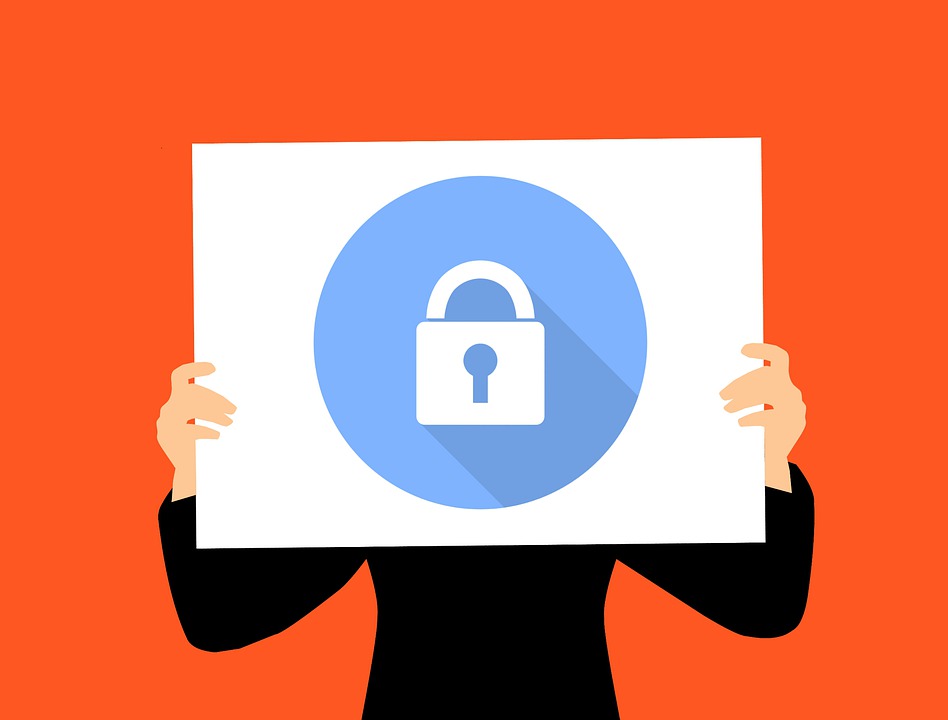With access to the internet being easier than ever before, all kinds of data are now at our fingertips. So, whenever we email a document or back it up on the cloud. We’re scattering the data (that we painstakingly created by investing a lot of time and resources) into unknown territory. Sometimes the data is meant to be shared with one and all; after all, that’s why the internet became so popular. But, many times, the data you share on your company servers via emails or on cloud storage platforms is sensitive or contains proprietary information (for example, trade secrets, copyright material or intellectual property) which shouldn’t be shared at all or only shared with limited access. So, below we look at why you need to be able to revoke document access and the different types of controls you can use to revoke access.
Why Do You Need to Revoke Document Access?
Essentially, without access restrictions, your proprietary data becomes freely available, potentially causing substantial revenue loss or loss of your competitive edge. So, whether you sell a technical course online or share your company’s manual with vendors. All your documents need to have some type of access restrictions. For instance, if someone signed up for an online course on a learning management system, it’s best to restrict the person’s access to the specific platform or for a specific duration.
Also, it’s important to have document revocation controls by implementing effective Digital Rights Management (DRM) systems. You can set up different controls, depending on your industry and the type of document you want to share. These controls are:
- Never revoke
- A given date on Expiry
- Expiry after a number of days of access
- A number of times the document is access after Expiry
- Expiry after being print a set number of times
- Revoke access manually
Now, let’s see how some of these DRM controls can be applied to different types of documents and the various industries where they’re used.
What Type of DRM Control Would Suit Your Needs?
There’s a degree of complexity to how DRM controls should be applied. However, it becomes much easier when you can pinpoint your goals or purpose for sharing a certain digital product or document. So, you must first identify the purpose for why you would want to revoke access.
This is a critical option as those who opt for such access are typically expecting irrevocable transfer of rights of the specific document. For example, if you sell a WordPress theme suit by promising lifetime access to future themes, you can use this type of control. Alternatively, if you sell a Kindle version of a paperback on the Amazon store. There should be no disruption when the user tries to access your products or documents at any given time, this would also be the best control type to use.
Revoke Access on a Given Date
This type of DRM control should be applied to vendors who are developing a bespoke app for your business. Depending on the outcome of the vendor’s service (for example, project completion or abandonment). You can fully or partially revoke access to your guidelines or manuals from a shared location.
Revoke Access After a Number of Days of Access
This kind of document access control can be used by creatives and online course instructors. Those who sell digital products for a recurring revenue generating model could also use this type of control. Also, if you sell digital products or course materials that are regularly update with new versions. You need to complement your time and effort investment by a recurring revenue model.
However, an important point to note here is that you must always make the access conditions clear to users to ensure goodwill is maintained.
Expiry After a Number of Views
This type of document revoke access is often used by well-known publications, such as the New Yorker, for e-magazines. Once the user has viewed a set number of articles, he or she needs to opt for a paid subscription to enjoy your publication’s high-quality journalism.
Revoke Access Manually
Along with automated DRM controls, you can also opt for manual controls that let you revoke document access if you need to. For example, you can revoke a former employee’s access to the company’s manuals. Or you can expire access if a sensitive document has been distributed inadvertently.
Have you set up custom controls for your documents through a specialized DRM system? Tell us about it in the comments!



Comment here